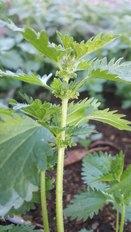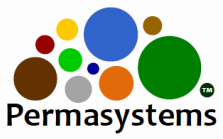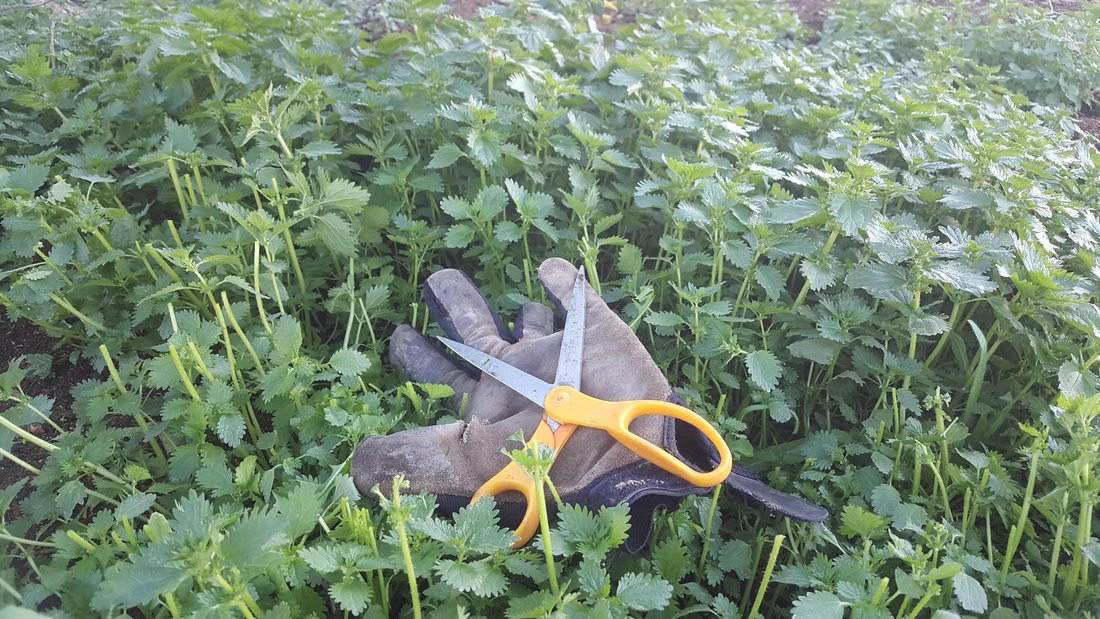For this profile we are showcasing stinging nettle, Urtica dioica is the native to San Diego County and Urtica urens is the naturalized species. Often called a nasty weed, this plant serves a specific beneficial purpose and provides super healthy and tasty food for hardly any work! What could be better!
The plants contain long, thin, hollow hairs that cover the majority of the stem and the underside of the leaves. Nettle stings contain acid (formic acid) but they also contain histamine and other chemicals. Luckily again, these chemicals become completely benign once the nettle is cooked.
Now that you have a nice big bag of fresh nettles it's time to cook or dry them. It can also be nice to harvest just a little bit to make fresh tea. For drying, is best to separate the leaves and dry in the sun or a dehydrator. For cooking, you can just throw them in the pan with little water, oil or butter - they can also be steamed. Cook and enjoy as you would spinach. They can be used in an infinite number of dishes - one of my favorites is pesto - just blend up the lightly cooked plant with garlic, pine nuts, lemon juice and sea salt, then toss with your favorite noodle.
Stinging nettle is not only an abundant free growing plant around the globe but it is also rich in vitamins A and C, iron, potassium, manganese, and calcium. (Gregory L. Tilford, Edible and Medicinal Plants of the West). Fresh leaves contain approximately 82.4% water, 17.6% dry matter, 5.5% protein, 0.7 to 3.3% fat, and 7.1% carbohydrates [Lutomski, Jerzy; Speichert, Henryk (1983). "Die Brennessel in Heilkunde und Ernährung". Pharmazie in unserer Zeit (in German)].

While this plant often gets a bad rap it proves itself to be highly tasty, nutritious, and functional - it is highly overlooked and underrated. When people talk about the "problem" of having to much nettle, the solution is simple, make pesto and share!




 RSS Feed
RSS Feed